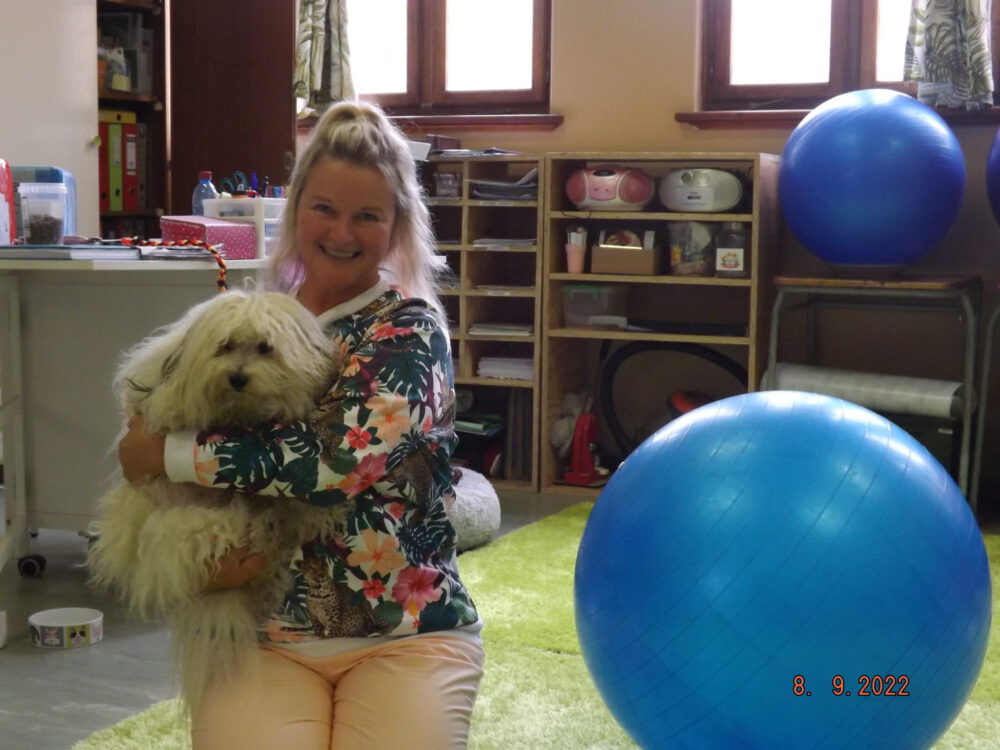Since January 2021, Namib High School Swakopmund has co-pedagogical support. In the classes of Mrs. Sobek the school dog Charly accompanies the lessons. The principle of “HuPäSch – Hundgestützte Pädagogik in der Schule” belongs to the animal-assisted pedagogy, which already records its beginnings in the 1960s.
A school dog regularly accompanies the teacher in the lessons in a certain temporal framework with the objective among other things to create a learning-promoting atmosphere, whereby learning processes are positively affected. The school dog positively influences the well-being, mood and health, increases learning motivation, supports both the class structure and the teacher student relationship and can encourage individual social skills. In addition, the school dog can methodically enrich the lessons.

Dogs have proven psychological effects on their human environment such as supporting self-worth and the aforementioned sense of well-being, this leads to a relaxing and anxiety-relieving response. Since dogs accept people as they are, without paying attention to appearances or intellectual knowledge, one feels empowered and accepted. Especially the acting on a non-verbal level creates an ideal counterbalance to the necessarily verbally overloaded learning environment. Through the dog students get a different role, through this motivation deficits in the work, learning and social behavior can be slowly and to some extent worked through. Since dogs can perceive moods much better than we humans, they encourage especially quiet and shy students. In today’s modern school system, they can be an important building block in the area of individual support.
Different studies have shown that dogs are a valuable aid in the perception of one’s own person. You cannot discuss behavior with dogs, they simply mirror it and reverse it. In this way, it can be empathically achieved to recognize and respect the rights of other living beings.
